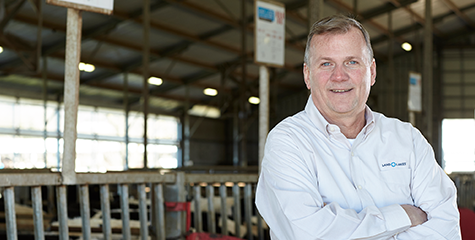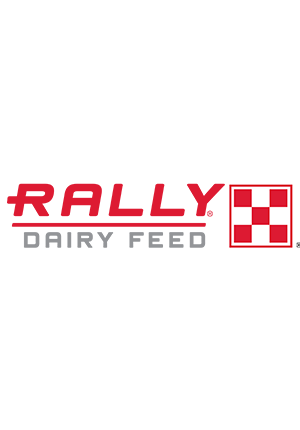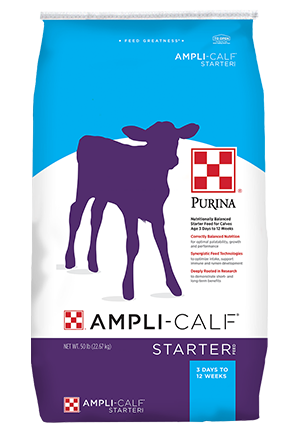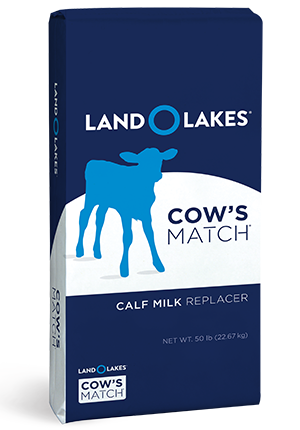
How to Reduce Stress at Weaning in Automatic Calf Feeders
Calf : Feeding Tools
Animal : Calf
Transitions are stressful, especially when it comes to weaning dairy calves. Calves raised on automatic calf feeders aren’t exempt from this stress. The high levels of nutrition fed with automatic calf feeders, along with group starter feeding, can add an extra challenge to weaning calves.
Here are four tips to reduce stress when weaning calves on automatic calf feeders:
Measure weight and height at birth, and before weaning, to get accurate growth data. Calves should, at a minimum, double their birth weight (triple for Jerseys) and achieve a minimum of 4- inches of height growth before starting the weaning process. Height measurements provide the most accurate picture of true growth.
Automatic calf feeders make it easier to start the weaning process individually for each calf when they’re ready.
Determining exact starter intake amounts f or individual calves can be tricky with group starter feeding in automatic calf feeders. Closely monitor calves during the weaning process to make sure they have an uptick in starter intake. If calves aren’t increasing their starter intake enough, they shouldn’t be cut-off from milk or milk replacer until calf starter feed levels increase.
Water consumption directly impacts calf starter feed intake, and calves tend to need more water during weaning since they’re getting less water from milk. Maximize calf starter feed intake by providing an extra tub of clean, high-quality water to the pen leading up to and during weaning.
Implement a step-down weaning process by programming your automatic calf feeder to reduce the total volume of milk or milk replacer allowed per day by half for one or two days. Let calves stay at this level until they’re eating more starter and behavior indicates they’re comfortable with less milk before weaning calves completely.
You can also reduce growth dips by using a milk replacer and calf starter feed that are designed to work together with similar ingredients. Feeding two products that work together helps make the change smoother and keeps starter intakes high.
Land O’Lakes Animal Milk Solutions can help you reduce stress of weaning calves with a team of experts and more than 10 years of research with automatic calf feeders.
Find your local calf and heifer specialist to talk about weaning transitions for your calves.
Here are four tips to reduce stress when weaning calves on automatic calf feeders:
1. Wean by growth
The best indicator that calves are ready for weaning is good starter intake. However, since we don’t yet have a good way to measure starter intake in group housing, weight and height growth can be a good proxy.Measure weight and height at birth, and before weaning, to get accurate growth data. Calves should, at a minimum, double their birth weight (triple for Jerseys) and achieve a minimum of 4- inches of height growth before starting the weaning process. Height measurements provide the most accurate picture of true growth.
Automatic calf feeders make it easier to start the weaning process individually for each calf when they’re ready.
2. Monitor calf starter feed intake
The next best indicator of weaning readiness is starter intake. Ensure calves are eating at least 3 pounds of calf starter feed per day before beginning the weaning process to make up for the reduction of milk or milk replacer nutrition.Determining exact starter intake amounts f or individual calves can be tricky with group starter feeding in automatic calf feeders. Closely monitor calves during the weaning process to make sure they have an uptick in starter intake. If calves aren’t increasing their starter intake enough, they shouldn’t be cut-off from milk or milk replacer until calf starter feed levels increase.
Water consumption directly impacts calf starter feed intake, and calves tend to need more water during weaning since they’re getting less water from milk. Maximize calf starter feed intake by providing an extra tub of clean, high-quality water to the pen leading up to and during weaning.
3. Implement step-down weaning
Calves on automatic calf feeders are accustomed to high levels of milk nutrition. As a result, they need time to adjust to lower milk intake and naturally increase starter consumption.Implement a step-down weaning process by programming your automatic calf feeder to reduce the total volume of milk or milk replacer allowed per day by half for one or two days. Let calves stay at this level until they’re eating more starter and behavior indicates they’re comfortable with less milk before weaning calves completely.
4. Avoid the post-weaning growth slump
No matter what you do, there’s always going to be a slight dip in rate of gain during the weaning process. Weaning is stressful, and it takes a toll on calves. The real test of success is how fast calves can bounce back. With a step-down weaning process, high-quality starter feed and excellent starter management, calves should recover and increase growth rates within a few days post-weaning.You can also reduce growth dips by using a milk replacer and calf starter feed that are designed to work together with similar ingredients. Feeding two products that work together helps make the change smoother and keeps starter intakes high.
Land O’Lakes Animal Milk Solutions can help you reduce stress of weaning calves with a team of experts and more than 10 years of research with automatic calf feeders.
Find your local calf and heifer specialist to talk about weaning transitions for your calves.





.png?width=300&height=430&ext=.png)